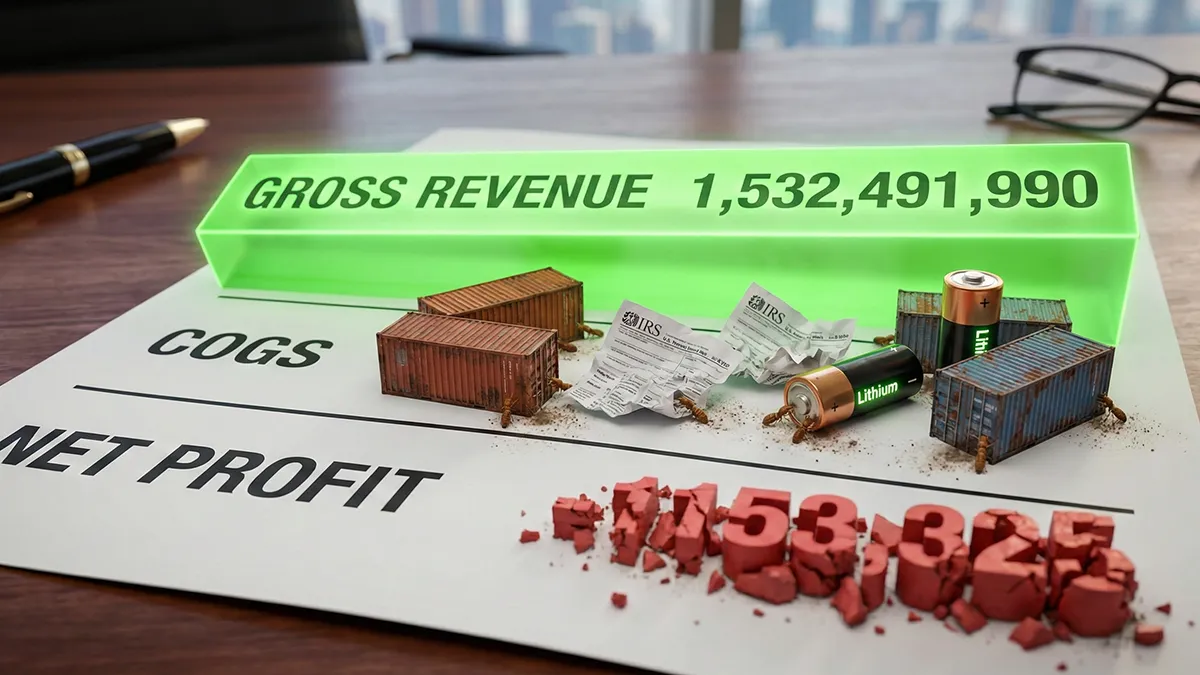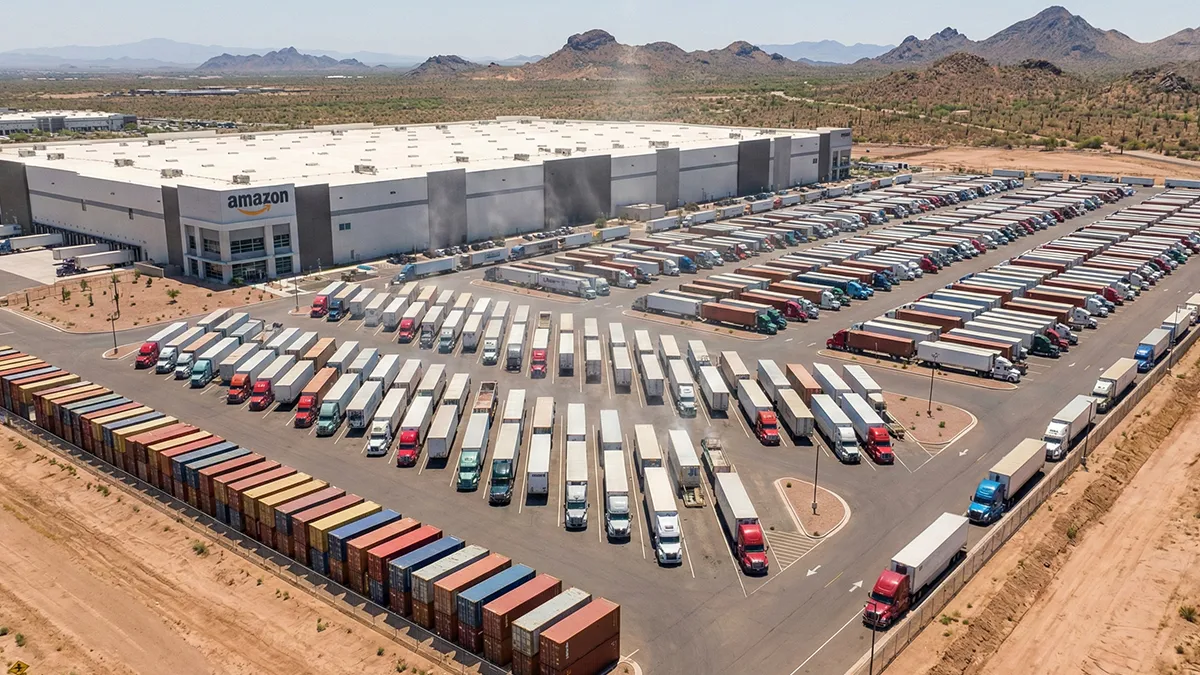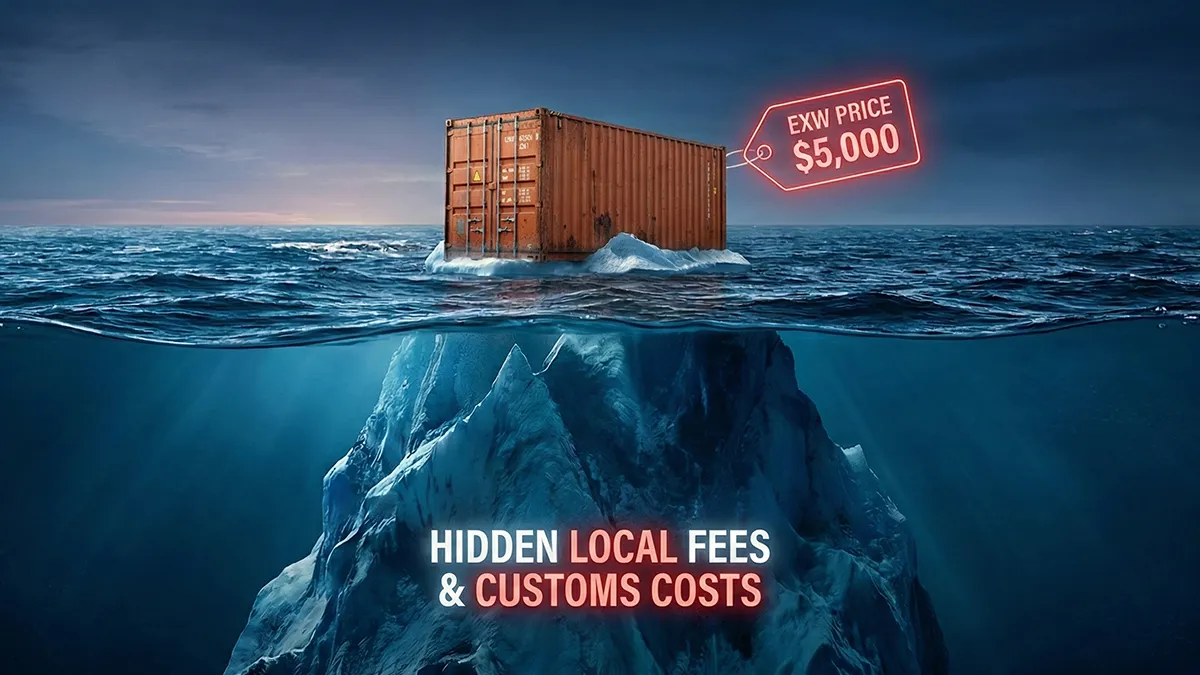Los Angeles Customs Clearance: Your 2025 Guide to Avoiding Costly Delays
The Port of Los Angeles isn't just a location; it's the heartbeat of America's trade, handling nearly a third of all containerized imports. But for importers, this critical gateway can also be a major chokepoint. A smooth customs process means your goods flow seamlessly into the national supply chain. One small error, however, can leave your containers sitting for days, racking up storage fees and causing a cascade of costly disruptions.
With new tariff policies and tighter security screenings expected in 2025, mastering the Los Angeles customs clearance process is no longer just good practice—it's essential for your bottom line. This guide provides the expert strategies you need to navigate it successfully.
Understanding the LA Customs Clearance Process
At its core, customs clearance is the procedure U.S. Customs and Border Protection (CBP) uses to legally approve imported goods. For every shipment arriving in Los Angeles, the process generally follows these steps:
-
Pre-Arrival Reporting: Your shipping carrier electronically submits cargo information to CBP before the vessel or aircraft arrives.
-
Entry Filing: Your representative—typically a licensed customs broker—transmits detailed entry documents (like CBP Form 7501) and supporting paperwork to CBP.
-
CBP Review & Examination: CBP's automated systems assess risk. Most shipments are cleared quickly, but some may be flagged for examination (e.g., X-ray, agriculture check) by CBP or other Partner Government Agencies (PGAs) like the FDA.
-
Release: Once all duties and taxes are paid and any exams are passed, CBP issues a final release. Your cargo is now free to be picked up and moved to its next destination.
For a compliant shipment, this entire process can take as little as 24-48 hours. But pitfalls can extend this timeline dramatically.
Common Mistakes That Cause Costly Delays in LA
Even the most seasoned importers can get tripped up. Here are the most common—and preventable—causes of delays at the Port of Los Angeles:
-
Simple Paperwork Errors: This is the leading cause of delays. A mistyped HTS code, a missing customs bond number, or an invoice value that doesn't match a bank transfer can trigger a hold.
-
Tariff Misclassification: The U.S. has thousands of anti-dumping and countervailing duty (AD/CVD) orders. Incorrectly classifying an item can lead to massive, unexpected duty bills and lengthy holds while CBP investigates.
-
Late or Incorrect ISF Filing: The Importer Security Filing (ISF) must be submitted to CBP at least 24 hours before the cargo is loaded onto a vessel overseas. Failure to do so results in penalties and almost certain delays.
-
Port Congestion & Random Holds: While you can't control port congestion or random security checks, having flawless paperwork ensures that if your container is flagged, the hold is resolved as quickly as possible.
Pro Strategies for Faster Los Angeles Clearance
You can take control of the customs process. Here’s how to ensure your shipments clear without a hitch:
-
File for Pre-Clearance: Don't wait for the ship to dock. CBP allows entry filing up to five days before arrival. This gives officers time to review and resolve potential issues while your cargo is still on the water.
-
Ensure Document Consistency: Use a centralized system where your commercial invoice, packing list, and Bill of Lading all pull from the same data. Inconsistencies are a major red flag for CBP.
-
Partner with a Local Expert: Work with a freight forwarder who has a strong presence in Los Angeles. They have established relationships and can offer services like transloading, which moves your cargo from the container to a truck for domestic delivery on the same day it's cleared.
-
Know Your Responsibilities as the Importer of Record (IOR): The IOR is legally responsible for the accuracy of the import declaration, classification of goods, and payment of all duties. Partnering with a knowledgeable firm like Zbao Logistics, which can act as your agent, mitigates this risk.
Frequently Asked Questions (FAQ)
1. How long does customs clearance usually take in Los Angeles?
For ocean freight with accurate, pre-filed paperwork, customs release in Los Angeles typically averages 24-48 hours after the vessel arrives. If there are exams, holds, or documentation issues, it can extend to several days or longer.
2. What does “Customs Release Confirmed” mean?
This status means CBP has accepted your entry, all duties are paid (or secured by a bond), and any holds have been resolved. Your cargo is officially authorized for pickup from the port terminal.
3. Can I handle my own customs clearance?
While it is legally possible for an importer to self-file, the process is complex and the penalties for errors are severe. Most businesses, from small e-commerce sellers to large corporations, delegate this critical task to a licensed customs broker or a full-service freight forwarder.
4. Is a customs bond required for all shipments?
Yes, for any commercial shipment valued over $2,500, a customs bond is mandatory. It acts as an insurance policy for the U.S. government to guarantee that all duties and taxes will be paid. You can purchase a Single-Transaction Bond for one-off shipments or a Continuous Bond for regular importing.
Navigate Los Angeles Customs with an Expert Partner
Clearing customs at the nation's busiest port doesn't have to be a source of stress. With the right strategy and the right partner, you can turn a potential bottleneck into a competitive advantage.
At Zbao Logistics, we combine cutting-edge technology with deep, local expertise. We manage every detail—from ensuring perfect documentation and on-time ISF filing to providing real-time visibility—so your supply chain remains resilient and responsive.
Ready to streamline your LA-bound shipments and avoid costly delays? Contact our customs specialists today for a consultation and experience the peace of mind that comes with a seamless clearance process.


